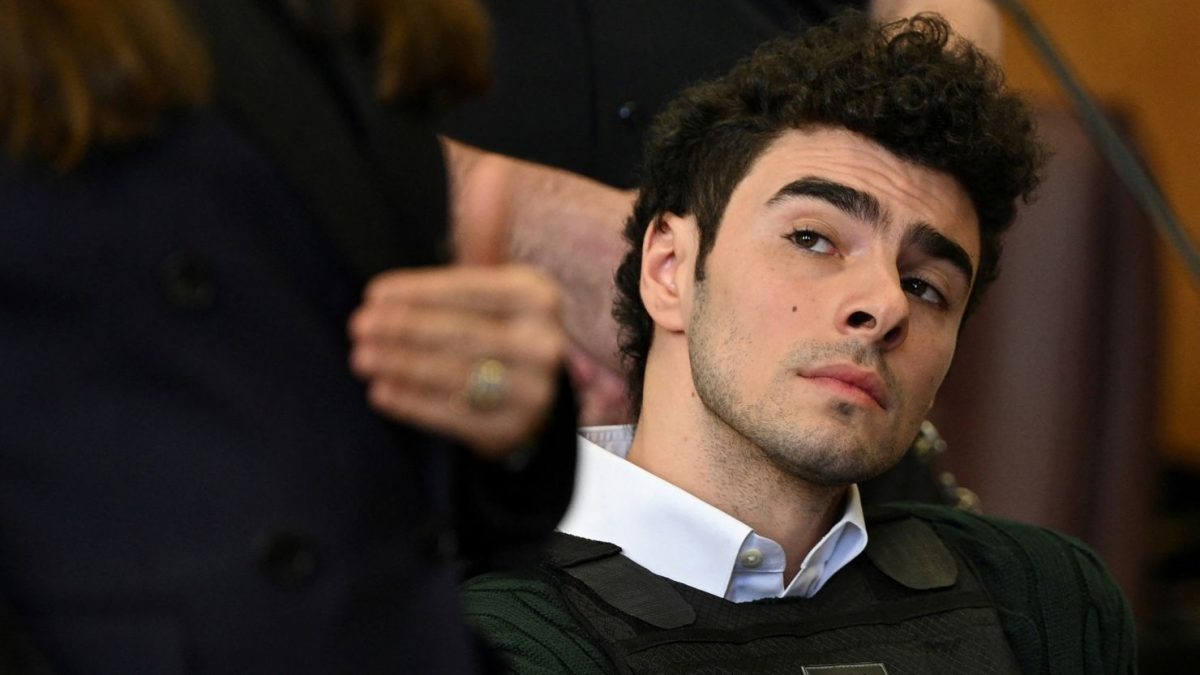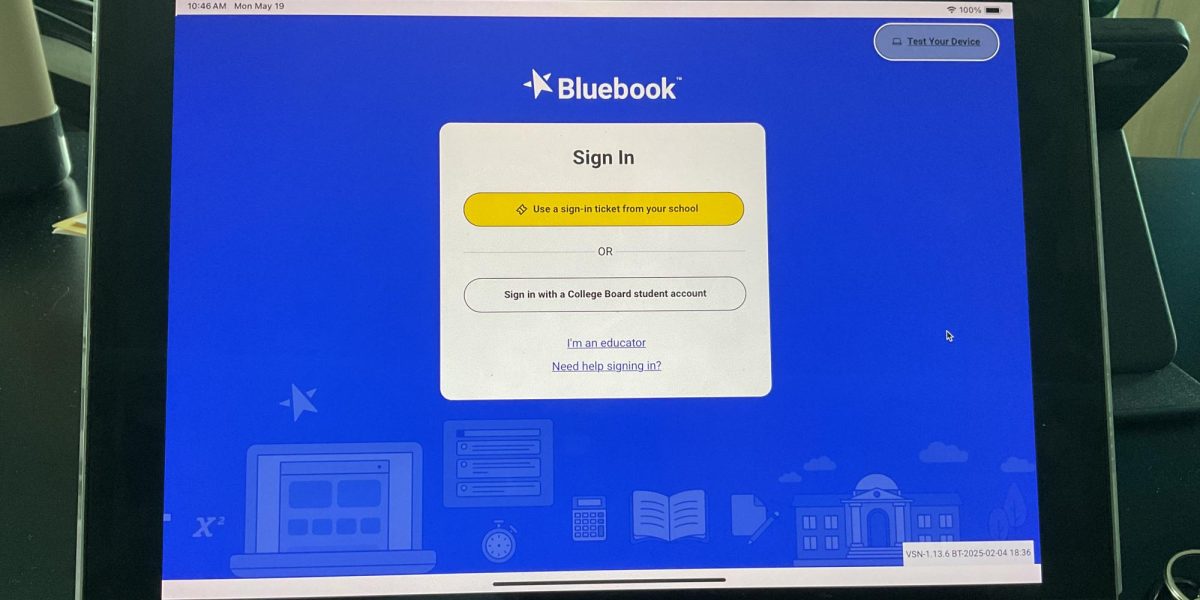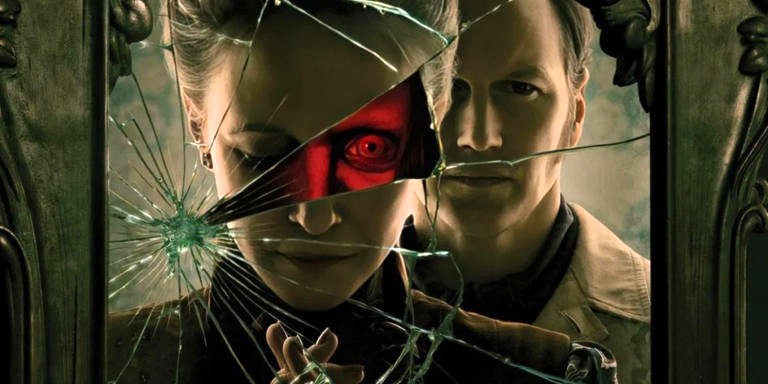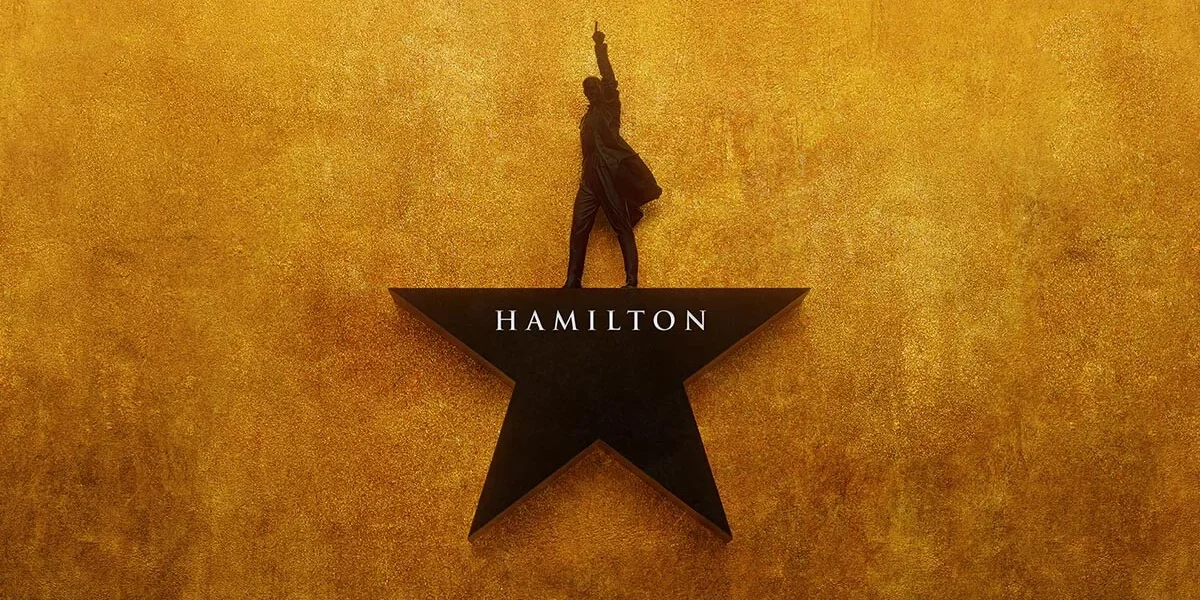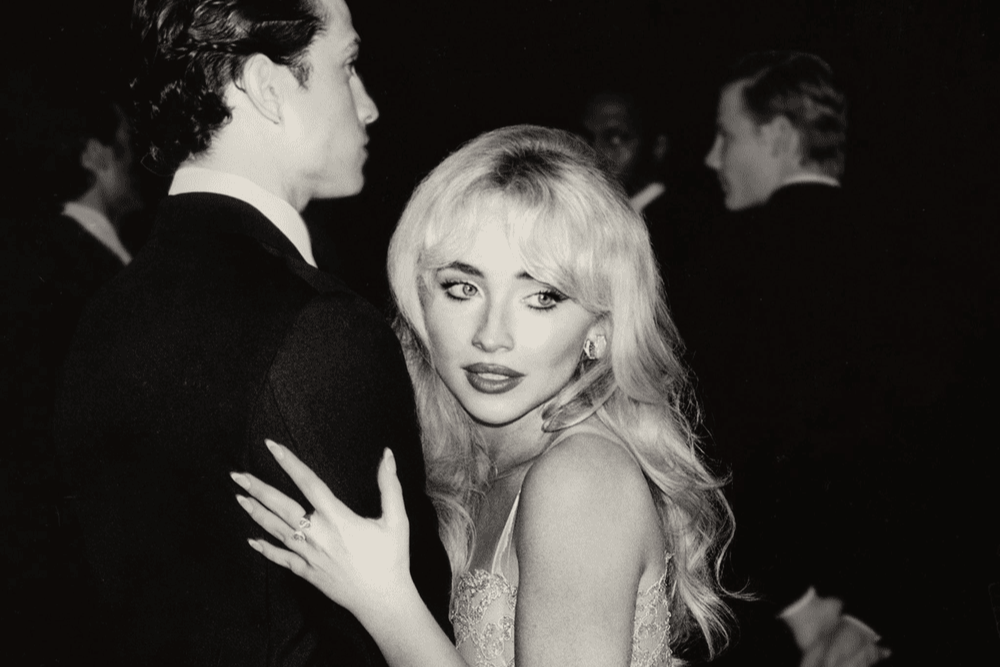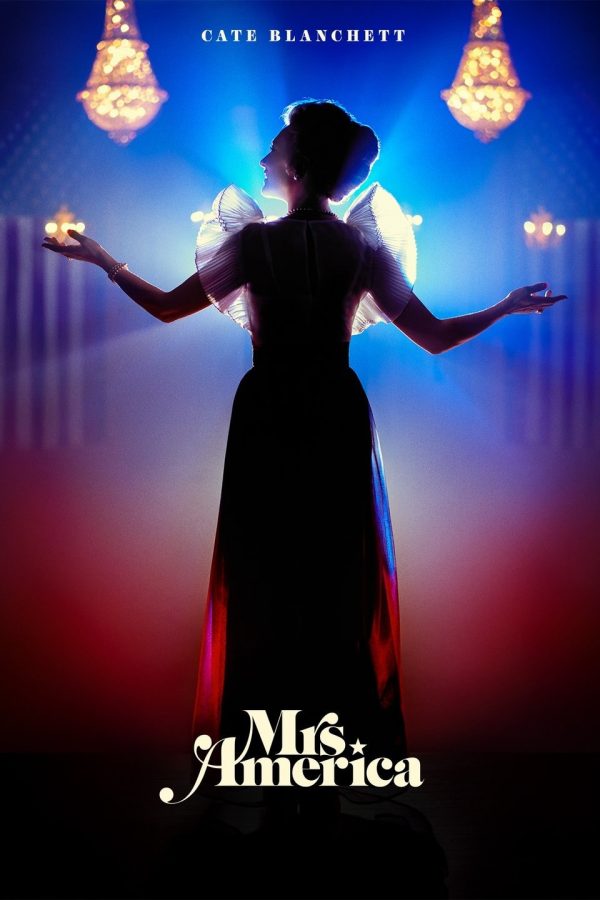Mrs. America Premiere Amazes, Provokes Thought
The Hulu series explores historical misogyny in a beautiful, conflicting way
Mrs. America is a miniseries on FX and Hulu about Phyllis Schlafy, a woman who fought against the Equal rights Amendemnt in the 1970s. The show is both beautiful and thought provking as it exposes one of the lesser-seen sides of the Women’s Liberation Movement.
May 3, 2020
Mrs. America is a new and exciting show that dives deep into America’s past. Premiering on Hulu, it showcases the life of Phyllis Schlafy, the Republican woman who publicly fought against the passage of Equal Rights Movement in the 1970s. The first episode of this series aired on April 15 and is fascinating, as it shows a side of Women’s Liberation that isn’t often depicted in media.
The first episode begins with a beauty pageant on Capitol Hill. Phil Crane, the congressman of Illinois, invites conservative lawyer Phyllis Schlafy (played by Cate Blanchett) out to D.C. As Phyllis is an expert on the topic of SALT and arms control, she is given the offer to meet with Senator Barry Goldwater and other congressmen. Once Phyllis is flown out to D.C to meet with the congressmen, she is disheartened to see Libertarians fighting for the Equal Rights Amendment. Claiming that D.C is godless and that women are fighting for the wrong cause, Schlafly immediately begins a campaign against the expansion of women’s rights.
This paradox drives the heart of the show: what drives people to act against their own self-interest? Schlafy, a woman herself, should be fighting for the rights of women but instead becomes a stanch advocate of conservative values and women staying at home, even though she is a lawyer. When she meets with congressmen, Schlafy is immediately discriminated against and ignored by the very men she wants to help, but these exchanges never put doubt in her mind. Schlafy continues to spread her message about the need for women to remain in the home, and by the end of the episode, Schlafy inspires the Conservative men to give her a platform for her ideas because she is a woman espousing these regressive ideals.
The cinematography throughout this episode was great. The first couple scenes reeled me in as they were so aesthetically pleasing, and the shots were kept interesting and nothing felt out of place. The visuals kept me tied down to my seat as they would use creative methods to transition a scene. I was also captivated by the way the show used the shots to relay an underlying message about power and acceptance. The intro was very refreshing and differed entirely from other shows, given that it portrays a liberated main character while the show focuses on a conservative main character. Creator Dahvi Waller does an excellent job setting up the contrast of reason and expectation in all these elements of the show.
As a viewer, I liked but did not love the show. I am not much of a political person and prefer to stay away from shows that focus on politics. As a woman though, I find this show is extremely enticing. The conflicts of self-interest in the plot of Mrs. America ring true to the other paradoxes that women encounter every day. The fact that the show gives such an opposing message from what we’ve learned in school is also fascinating, whether you agree with Schlafy’s logic or not. I will definitely be making time during quarantine to watch the entirety of Mrs. America, and if you enjoy political shows or historical shows, you should definitely check it out too.




















